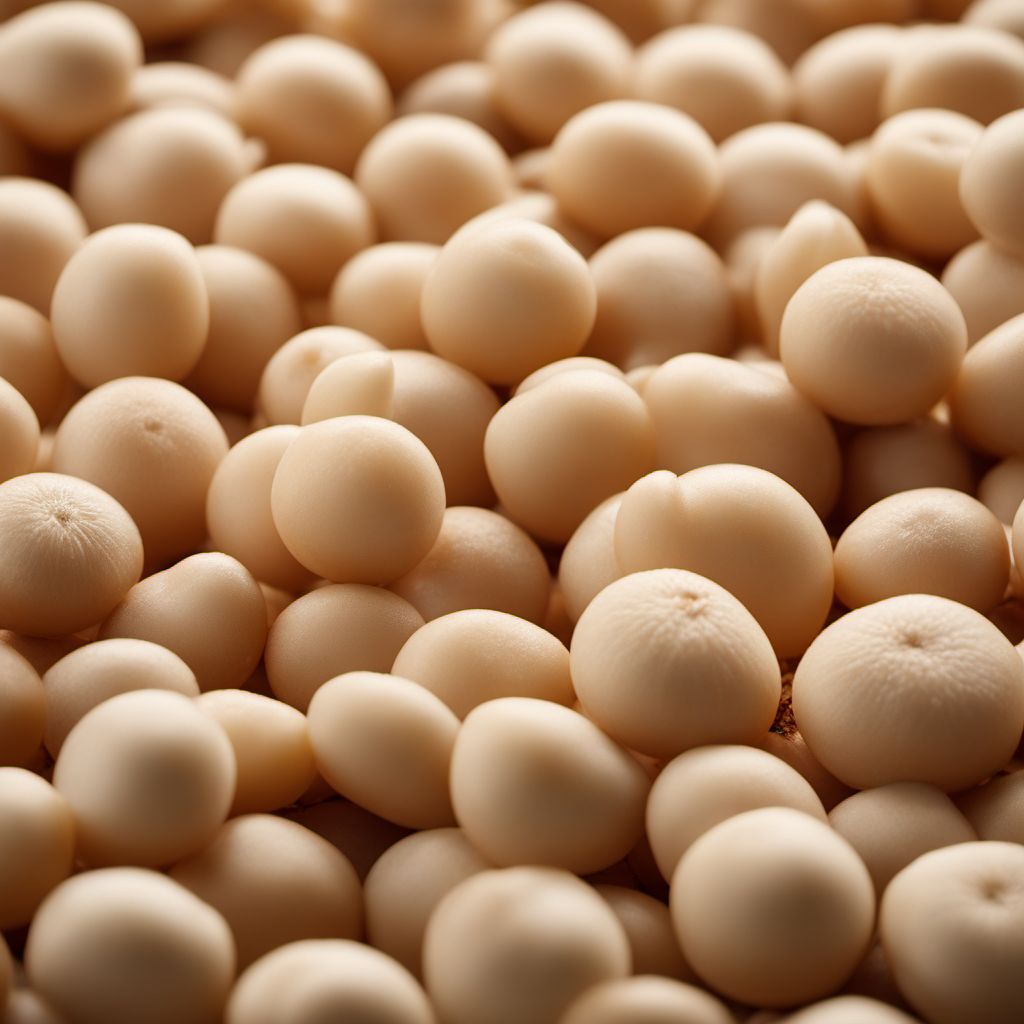
Ingredient
Herrings
The Silver Swimmers: Unveiling the Delights of Herrings
Herrings are small, oily fish with a streamlined body and a silver-blue hue. They have a delicate yet distinct flavor, with a rich, buttery taste that is often described as slightly sweet and briny. The flesh is tender and flaky, while the skin is thin and edible. Herrings are known for their high oil content, which contributes to their unique texture and flavor.
Origins and history
Herrings have a long history dating back to ancient times. They are native to the North Atlantic and Baltic Sea regions, where they have been a staple food for centuries. Herrings were highly valued in medieval Europe and played a crucial role in the development of coastal communities. They were traditionally caught in large quantities, salted, and preserved to ensure a steady food supply during winter months.
Nutritional information
Herrings are a nutritional powerhouse, packed with omega-3 fatty acids, high-quality protein, vitamins D and B12, selenium, and phosphorus. They are also low in calories, making them a healthy choice for a balanced diet.
Allergens
Herrings are known to be allergenic to some individuals, particularly those with fish allergies.
How to select
When selecting herrings, look for fish that have bright, clear eyes, shiny skin, and a fresh, oceanic smell. The flesh should be firm and resilient to the touch. Avoid herrings with dull eyes, discolored skin, or a strong fishy odor.
Storage recommendations
To maintain the freshness and quality of herrings, store them in a refrigerator at temperatures below 40°F (4°C). If purchased fresh, consume within 1-2 days. If preserved or canned, follow the recommended expiration date.
How to produce
Herrings can be commercially fished or caught recreationally using nets or fishing lines. They can also be farmed in controlled environments, ensuring a sustainable and reliable source of this ingredient.
Preparation tips
Herrings can be enjoyed in various ways, such as pickled, smoked, or grilled. They are commonly used in salads, sandwiches, or as a topping for crackers. To remove the skin, gently peel it off from the tail towards the head. For a milder flavor, soak herrings in milk or brine before cooking.
Substitutions
If herrings are not available, suitable substitutes include sardines, mackerel, or anchovies, which offer similar oily and flavorful characteristics.
Culinary uses
Herrings are widely used in Scandinavian, German, and Eastern European cuisines. They are commonly pickled or smoked and served as a main course, appetizer, or in sandwiches. They can also be used in salads, pâtés, or as a topping for pizzas and pasta dishes.
Availability
Herrings are commonly available in coastal regions of Europe, particularly in countries such as Sweden, Norway, Germany, and the Netherlands. They are also cultivated and consumed in North America, particularly in the northeastern United States and Canada.

